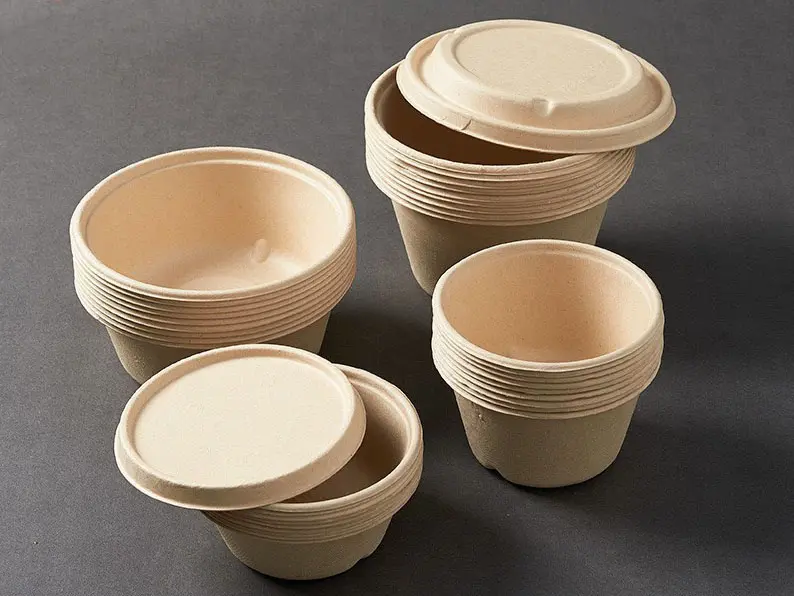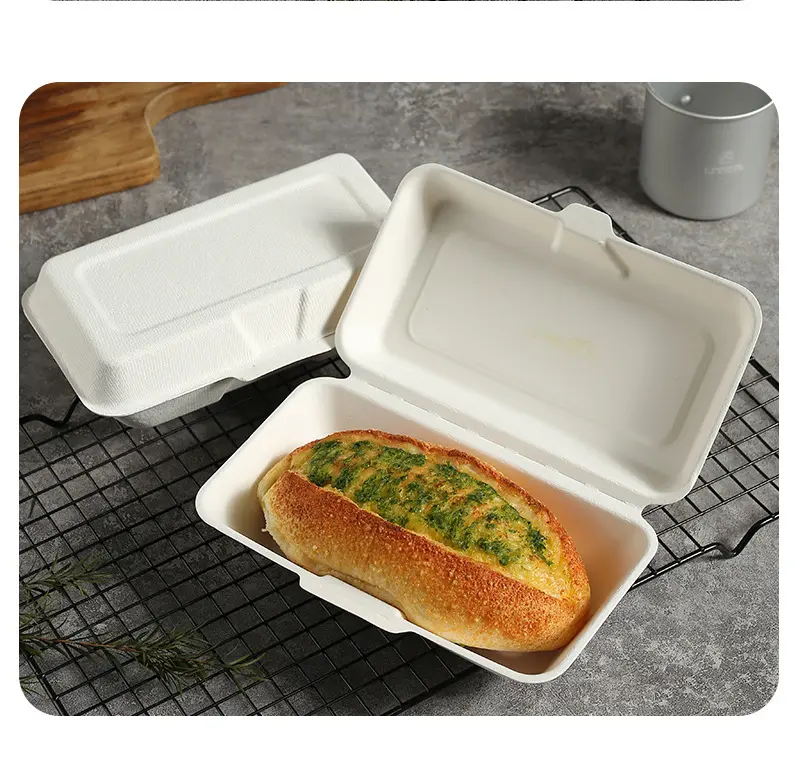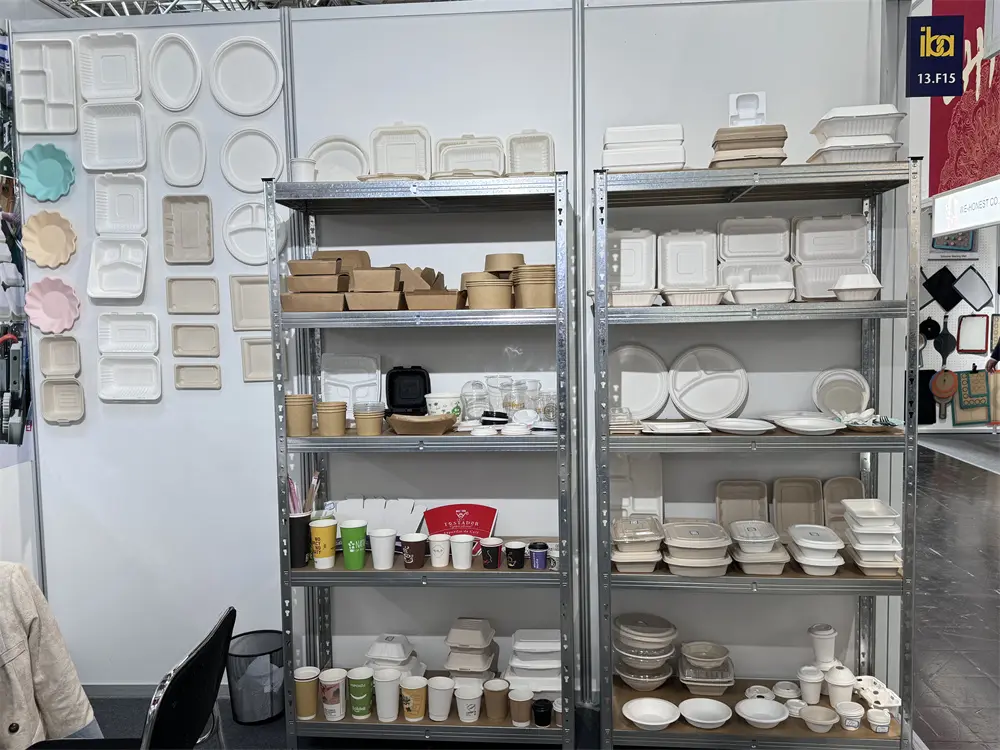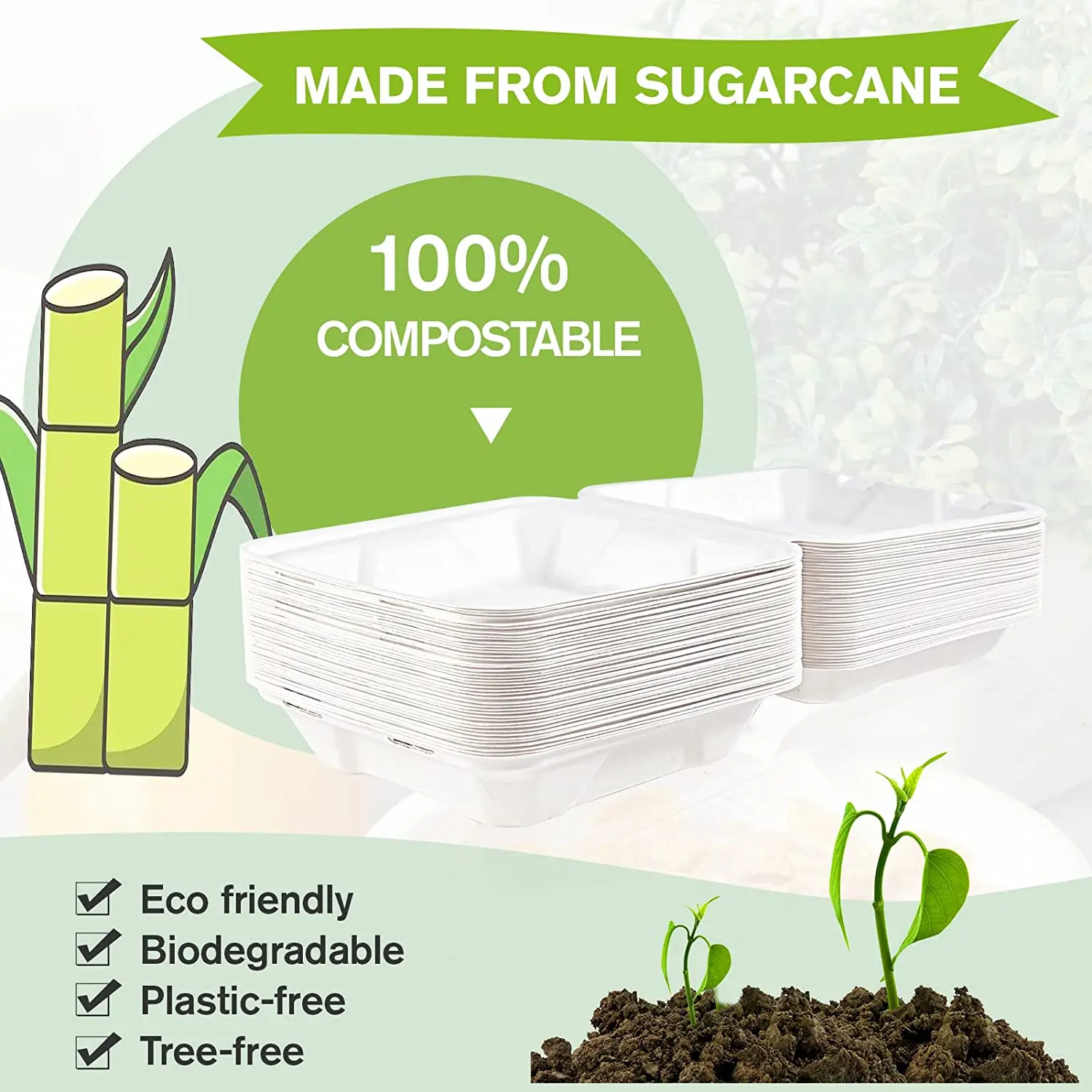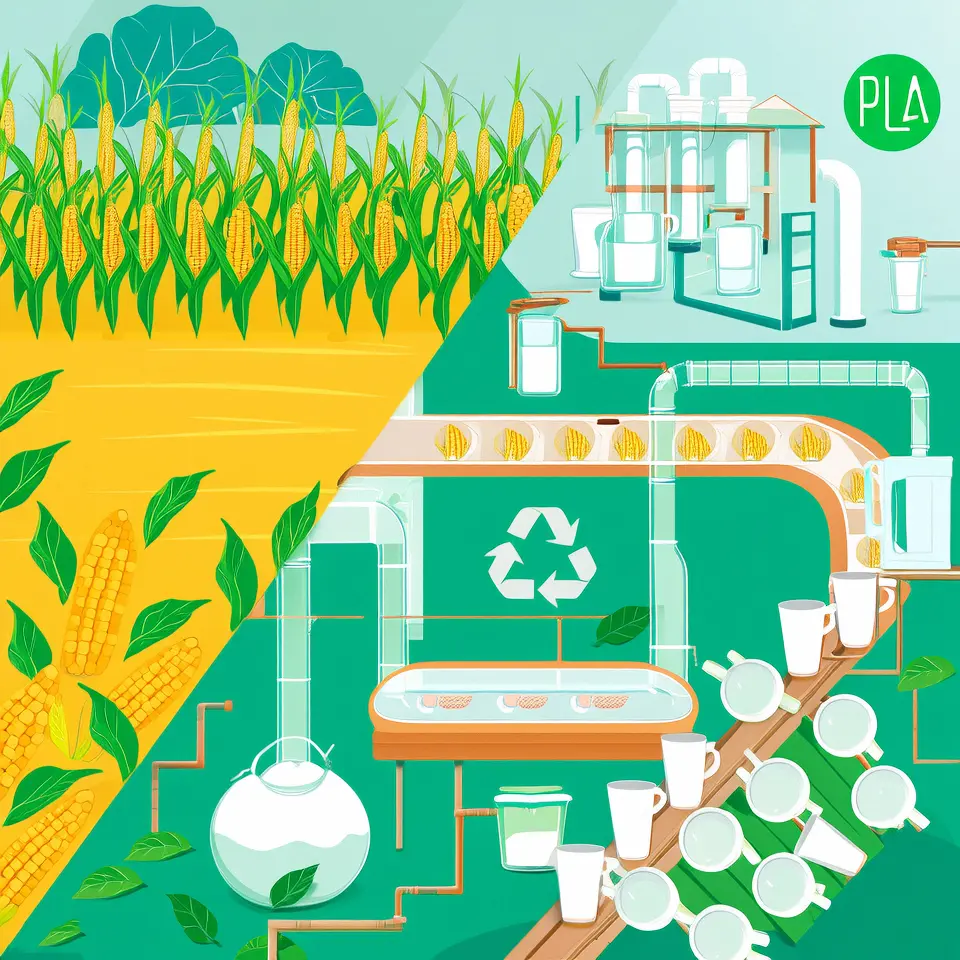Why Is Biodegradable Disposable Tableware Not Widely Adopted?
In recent years, eco-friendly and biodegradable Disposable Tableware has emerged as a promising solution to combat the growing environmental impact of single-use plastics. However, despite its potential benefits—such as reduced carbon emissions and biodegradability—its adoption remains limited in many markets worldwide.
1. Cost: A Major Barrier to Adoption
One of the most significant obstacles to adopting eco-friendly disposable tableware is cost. Compared to traditional plastic options, biodegradable tableware often comes with a higher price tag.
Key Reasons:
●Limited economies of scale: Many manufacturers of sustainable tableware struggle to produce at volumes that would reduce costs.
●Higher material prices: Sourcing organic or compostable materials can be expensive.
●Consumer resistance: Businesses, especially small restaurants and cafes, worry about passing these increased costs onto price-sensitive customers.
Until production becomes more efficient and affordable, cost will remain a major deterrent to widespread use.

2. Performance and Durability Concerns
Even when consumers are willing to pay more for sustainability, they expect performance comparable to plastic. Unfortunately, some biodegradable tableware does not meet those expectations.
Common Issues Include:
●Structural weakness: Some Compostable Containers may become soggy or leaky when holding liquids or hot foods.
●Unfamiliar user experience: Consumers accustomed to lightweight but sturdy plastic may find alternatives less intuitive or convenient.
To change consumer perception, manufacturers must invest in innovation to ensure that eco-friendly tableware is both functional and user-friendly.
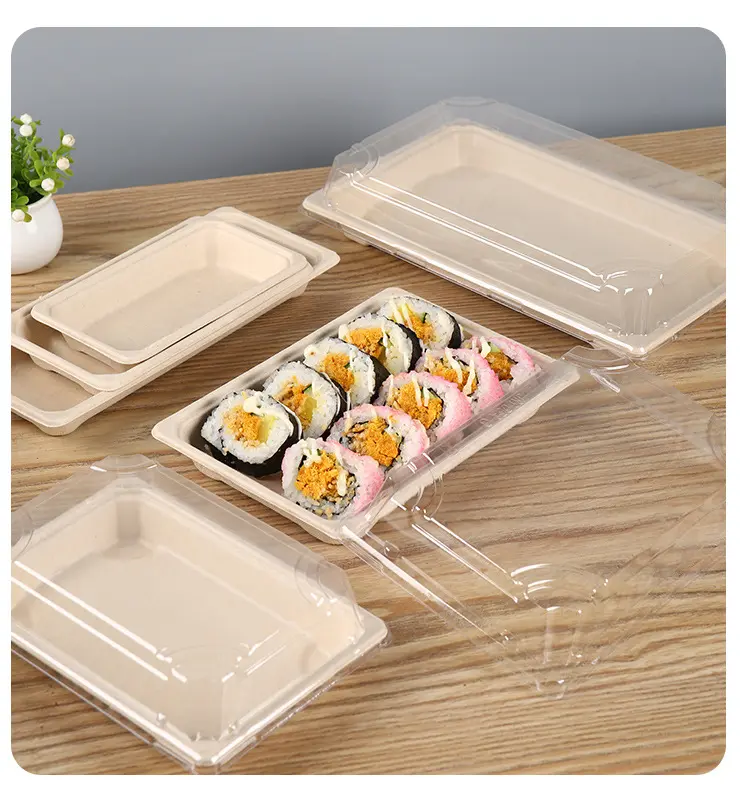
3. Lack of Awareness and Education
Although awareness of plastic pollution is rising globally, many consumers and businesses still don't know about sustainable tableware options or their advantages.
What Needs to Change?
●Marketing efforts: Manufacturers need to increase visibility through digital campaigns and product certifications.
●Partnerships with environmental organizations: Collaborations can help spread awareness of the availability and benefits of green tableware.
●Government support: Policies encouraging or mandating eco-friendly alternatives can drive awareness and compliance.
Education plays a crucial role in changing consumer behavior and encouraging wider adoption.
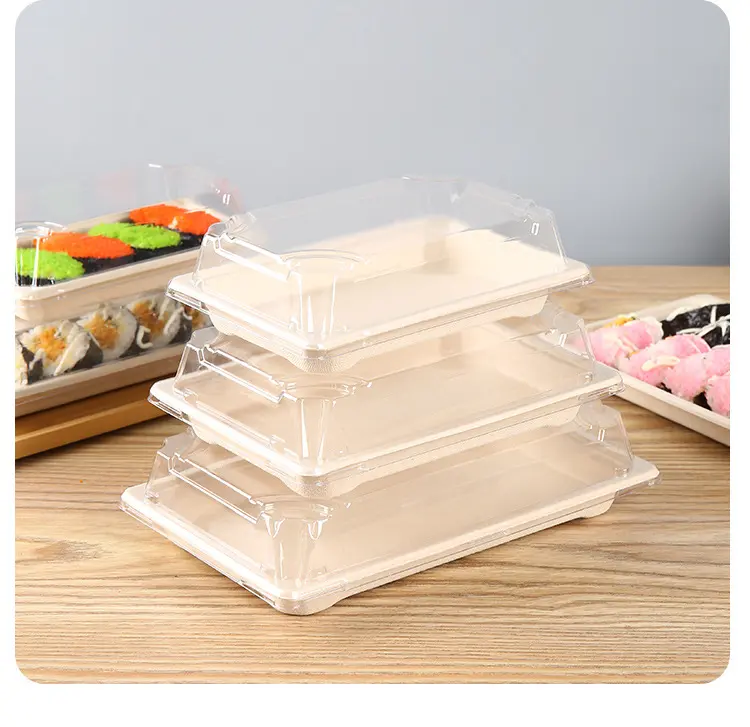
4. Inadequate Supply Chain and Waste Management Infrastructure
For biodegradable tableware to fulfill its environmental promise, proper disposal infrastructure must exist.
Challenges Include:
●Lack of composting facilities: Many regions do not have the infrastructure to properly process compostable materials.
●Confusion around disposal: Consumers may throw compostable items into regular trash bins, negating any environmental benefit.
●Supply chain inefficiencies: From sourcing raw materials to distribution, supply chain limitations can hinder product availability and affordability.
Solving this issue requires coordinated efforts from policymakers, waste management companies, and retailers to create a closed-loop system.

Conclusion: The Path Forward for Sustainable Tableware
While eco-friendly and biodegradable disposable tableware holds great potential in reducing plastic waste and protecting our environment, several challenges must be addressed before it can go mainstream:
●Reducing production and retail costs
●Improving product durability and performance
●Increasing public awareness and education
●Building robust waste processing systems
Only through collaboration between manufacturers, governments, and consumers can we move toward a truly sustainable future in the food service industry.
You Can Contact Us:Guangxi U-Yee Environmental Technology Co., Ltd.
E-mail:sales1@gxuyee.com
Phone:+86 13788683202




